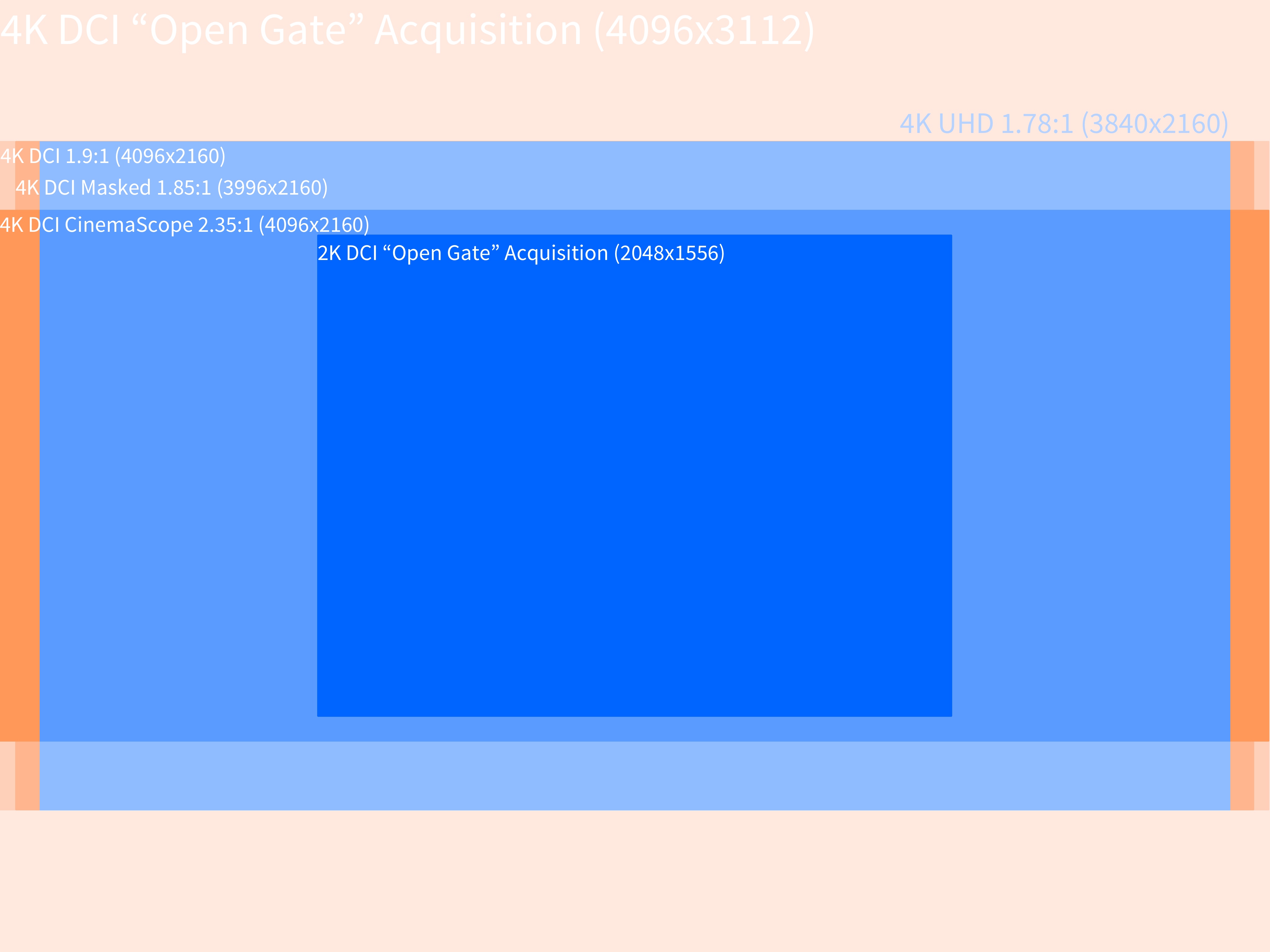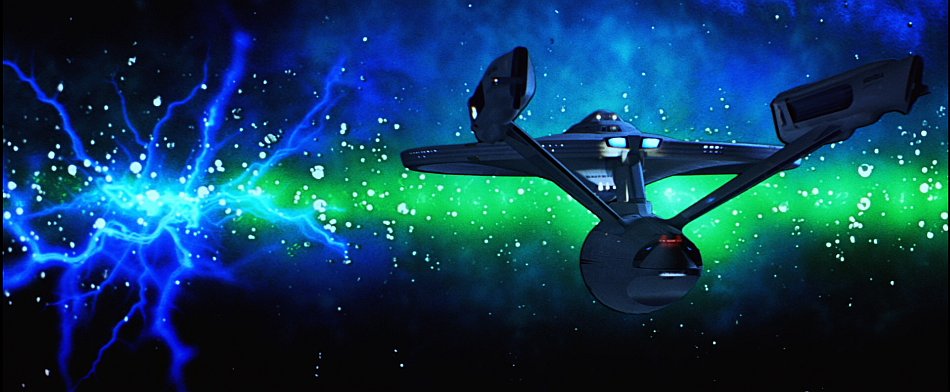California Film and TV Subsidies Chase Lost Jobs
The LA Times has a piece by Richard Verrier on the end of California’s film and TV incentive program that ran for seven years. A new program is starting with a different set of issues.
Last year, the Legislature signed a law to disband the lottery program and replace it with an expanded program that will triple funding to $330 million annually. The new program also allows more projects to qualify, such as big-budget features and TV pilots.
The new program cited from the California Film Commision’s site:
Eligible for 20% Tax Credit (Plus 5% Uplift*):
- Feature Films: $1 million minimum budget; credit allocation applies only to the first $100 million in qualified expenditures
- Movies-of-the-Week and Miniseries: $500,000 minimum budget
- New Television Series for any distribution outlet: $1 million minimum budget per episode (at least 40 minutes per episode, scripted only)
- TV Pilots: $1 million minimum budget
Eligible for 25% Tax Credit:
- Independent Films: $1 million minimum budget; credits apply only to the first $10 million of qualified expenditures (only independent projects may sell their tax credits)
- Relocating Television Series, without regard to episode length, that filmed their prior season outside California; $1 million minimum budget
5% Credit Uplift
- Filming outside the Los Angeles zone + 5%
- Music scoring/music tracking recording expenditures + 5%
- Visual effects expenditures (minimum spend required) + 5%
*Note: The above uplifts cannot be combined. The maximum credit a production can earn is 25%.
This is messy. The reason pilots are mentioned so prominently is because networks commission a ton pilots every year. That’s how they preview things, they get together the cast, and make a show. The networks roll some dice, pick some flower petals, flip some coins, and then they give a small selection approval to go to series. Then the next time networks need a show, they make more pilots. This creates a lot of work for people.
In an effort to cut costs, pilots are happening outside of California. Then they go to series outside California. That’s why there’s a lot of emphasis on pilots, and on TV relocation, in the new incentives. It’s a lot of jobs.
The film side of the credits might make more sense to people unfamiliar with film production. It seems like films make a lot of money, right? Wrong.
The maximum tax rebate a film can get is 25% on everything. Compare this to Vancouver, British Columbia where they have a stacking system of credits.
- Basic (35% labor costs)
- Regional (12.5% labor costs)
- Distant Location Regional (6% labor costs - filming outside Vancouver prorated against the number of days filmed in Vancouver.)
- Film Training
- Digital Animation or Visual Effects (17.5% labor costs)
You will notice that is a bigger payout than the California program. The program also doesn’t have a cap of $330 million. If you ran a film studio, it would seem far better to set up a Canadian production company to collect tax credits and sit in your Hollywood office.
Production was in danger of leaving BC for Ontario, and Quebec, without increased tax breaks to compete with those provinces. The credits remained the same, and work stayed in BC. Justin Smallbridge writing for the Saskatoon Phoenix:
Shooting for “Deadpool,” the eighth instalment in the “X-Men” franchise starring Vancouver-born Ryan Reynolds, has begun and is expected to spend $37.5 million in B.C. and employ 1,100 people.
It’s one in a string of Hollywood features shooting in the province, including “Star Trek 3” and “The B.F.G.” (big friendly giant), Steven Spielberg’s adaptation of the Roald Dahl children’s book.
The productions, and many others, have prompted one industry insider to predict that 2015 will be one of B.C.’s most lucrative years ever.
Another factor is that facilities and infrastructure for many places that support each film moved, and are unlikely to move again as long as nothing is significantly better, or worse. They’ve achieved critical mass to sustain themselves as long as everything stays relatively the same. A former employer relocated and spoke to The Globe and Mail:
Randy Lake, executive vice-president and general manager of the animation and visual-effects leader Sony Pictures Imageworks, brings a hard, cold, cash-based reality back into play when he says, “I love Vancouver.” Having moved the Imageworks head office from Culver City, California, to Pacific Centre as of April 1, “I would not want to pick up and leave. But if the [tax] incentives were gone tomorrow—well, that’s my nightmare scenario.” The sweetest of those incentives, for Sony, is the DAVE—the Digital Animation or Visual Effects—tax credit, which lately means that a credit of “17.5% can be applied against any qualified B.C. labour expenditures that are incurred while performing eligible post-production activities in B.C.” Lake says this break, more than any other factor, drove the relocation from Culver City.
So again, when the LA Times used visual effects employment as an example, “Applicants can boost their ratio if they do visual effects work in California…” I had a morbid little guffaw. California will not woo those jobs back. Perhaps it will stabilize TV VFX, or houses that haven’t moved, but Imageworks is staying put.
CA Should Just Give Out More
Obviously, the work moved because places offer more money than California, but that hasn’t worked out well for everyone.
Take Lousiana for example. They have a $1.6 billion budget shortfall and yet they are still doling out money that leaves the state. Quoting from Chelsea Brasted’s report on a state mandated study: “Overall, the entertainment tax programs cost $4.48 for every $1 of state revenue they create.”
The study underscores the low return on investment on film projects with big name talent because these “higher-end paid individuals … are typically not Louisiana residents,” (emphasis the study’s own). Specifically, it said about 25 percent of the state’s total spend on all entertainment programs goes toward paying those big name actors, directors, writers and producers. “It is a heroic assumption that these monies will actually be spent in Louisiana,” it notes on page 15.
From another report by Julia O’Donoghue:
The governor is trying to abide by a “no tax” pledge he signed with the national anti-tax group, Americans for Tax Reform, in Washington D.C. Americans for Tax Reform would consider certain changes to the film tax credit program a “tax hike,” according Tim Barfield, Secretary of Louisiana’s Department of Revenue. It’s unlikely the governor would approve any changes that Americans for Tax Reform would label a tax increase.
Resist and die. Don’t resist, and die.
Category: text




